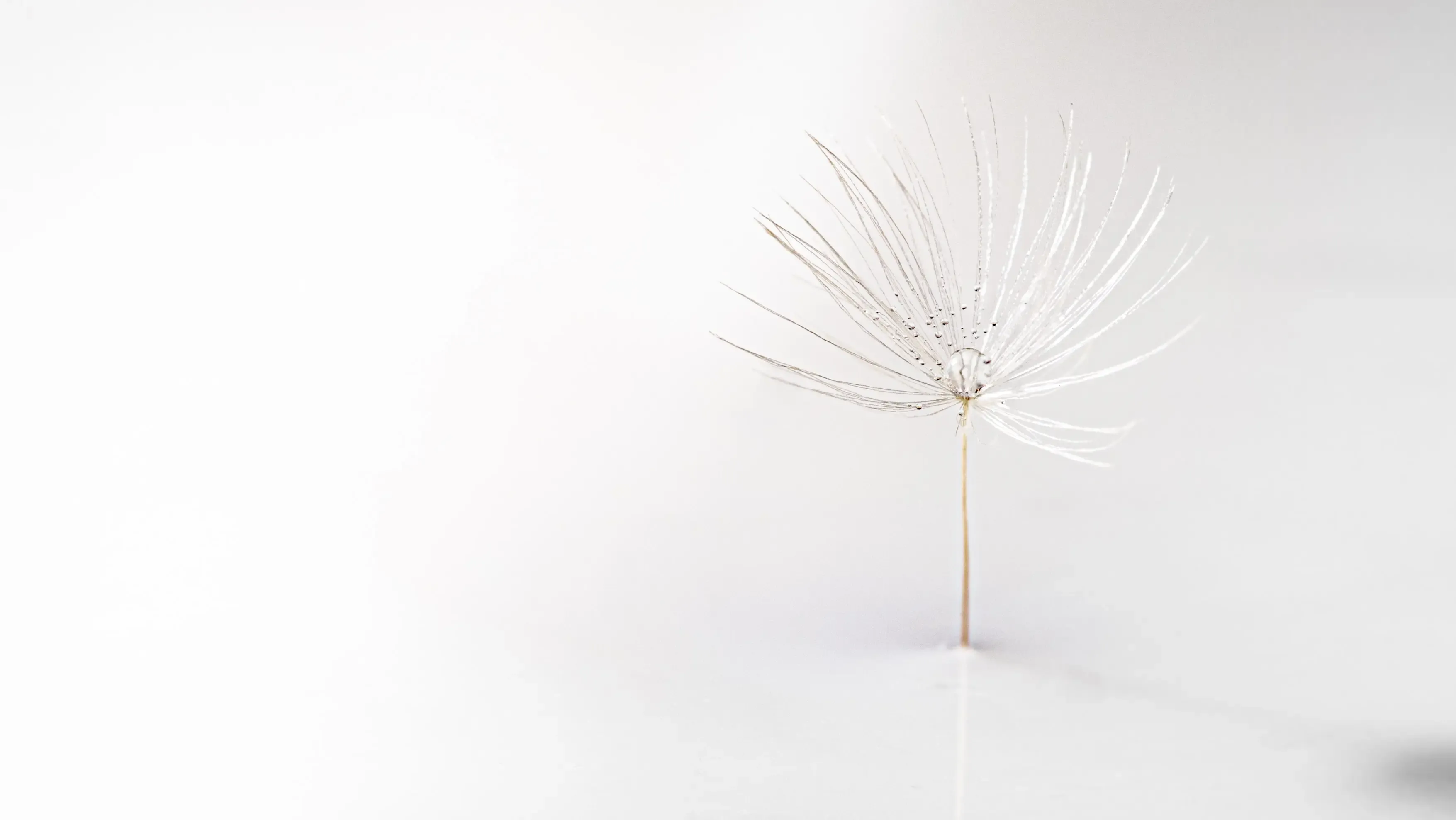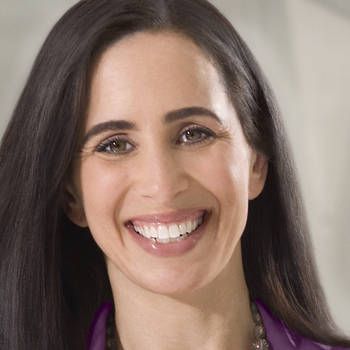Discovering the Sustaining Power of White Space

The ability to uncover and use the strategic pause known as white space is a little like having a superpower. It allows us to conquer busyness and complexity, vanquish our reflexive responses, overcome the pull of urgency, and triumph over ingrained habits that insidiously steal our time.
That’s powerful stuff.
Read more: Inescapable, Insatiable, and International Busyness
Though I’m certainly no superhero, the concept of white space does have an origin story. I didn’t discover the significance of the strategic pause in one fateful moment but through a series of experiences that planted and cultivated a seed. The idea that eventually became a fully formed framework with the ability to completely change the way we work and is now the basis of my new book, A Minute to Think, which hits shelves this August.
In celebration of the launch, I’m featuring passages from the book. For today’s excerpt, I would like to share the story of just how exactly my idea for white space came to be.
"The White Space Origin Story" - excerpted from A Minute to Think
My first experience of white space was over a mixed green salad and a holy one at that.
Despite having a secular Jewish childhood (bagels yes, candles no), in my thirties, I experimented with observing some version of the Sabbath. I learned the basics from more religious friends. From Friday to Saturday, observant Jewish people abstain from many things. With an aim to take a profound break from all labor, they don’t work, drive, spend, use the telephone, or use lights. For one 24-hour period each week, they take a rest from changing the world or themselves in any way. Eat, sing, laugh, love, and nap—all fine. But no bettering, aspiring, or building. It’s a lesson in cessation and is harder than it sounds. But it’s also delightful.
My group of friends met every Friday night for what we called Salad Shabbat. With busy lives and waiters’ budgets, we decided that every week a rotating host would provide sweet wine, a giant bowl of lettuce, and the challah, always raisin. Guests would provide salad toppings and interesting dressings to make an instant feast. We were a foodie bunch and would pop open Tupperware to reveal chunks of burrata cheese, grilled artichoke hearts, blanched fresh peas, or smoked chicken to toss into our field greens. My favorite part of this ritual was dressing down for it. I’d put on a pair of faded, baggy overalls and a t-shirt after a super-hot 5 p.m. shower and not a whisper of makeup or jewelry. This became my transition ceremony to switch the world off on Friday nights.
I fell in love with the emptiness and freedom—with the sense of improvisation, instinct, and escape that I enjoyed each moment of those days. This emotional tone was memorably captured by Rabbi Joshua Heschel, who described the Sabbath as a castle built in time that we enter for sanctuary. So it was for me—richly and palatably so. The seed of white space was planted.
A second piece of the puzzle came in my early days as a keynote speaker when I taught subjects from communication skills to time management. When people approached me after sessions lamenting the fullness of their schedule, we’d look together at their paper calendars searching for the first line of defense against busy—the actual white spaces on the page between tasks, which I knew were essential but which few of them had.
I’d now tasted the experiential beauty of time with no assignment. I gained professional clarity on the importance of unscheduled work moments. My next insight, into the creative and strategic possibilities of white space, came in 2005 when I became a mom. My three beautiful, curious blue-eyed boys were angels in the day and demons in the night. They woke every hour on the hour for more than a year each. So, we lay with them every night until they fell asleep. (Can you hear every grandparent in the world groaning?) I did the math once and calculated that I’d spent 353,300 minutes of my life in pitch-black rooms waiting for little people to fall asleep.
Funny thing. Those minutes turned out to be spectacularly creative professional time. Trapped in a distraction-free vacuum with only a soft little hand to hold, I would get to work on thinking and often about work. I’d ponder our business goals, our troubles to solve, and I’d write new content. For these light sleepers I’d literally break the contact of touching their back or belly by lifting one finger at a time, and then I’d sneak slowly out like an escaping jailbird trying not to wake the dozing guard.
But then I dashed—searching for the pen and paper—because during that forced reflection time, I’d generated sales strategies, new product design ideas, and client communications I wanted to make. It turned out that my first victories from white space arrived in the dark.
In the years that followed white space became fully crystalized through the process of teaching what I’d learned. As I developed the frameworks and practices, I saw that the white space payoffs I’d experienced—of calm (shabbat white space), efficiency (calendar white space), and creativity (trapped-in-bed white space)—formed a well-rounded set of benefits. Taking time to step back and think helped nearly everyone who came in contact with the practice. The topic of white space became the sole focus of my professional life and later of our company and we’ve witnessed the change that it brings. When people are freed from the antiquated notion that unfilled time is the enemy, they discover that taking a minute to think provides a formidable source of professional power.
This may interest you: Want More Creative Breakthroughs? Slow Down
Before you go, check out this resonating podcast on how "Busyness is Not Business":
Functional
Tags: Hard Talk, Character, Competence, Identity, Purpose, Vision, Crucible Moments, Alignment & Clarity, Self Identity, Self-Agency, Worldview, Influence, Making A Difference, Life Inspired, Self-regulation
References:
- A Minute to Think - A book by Juliet Funt






